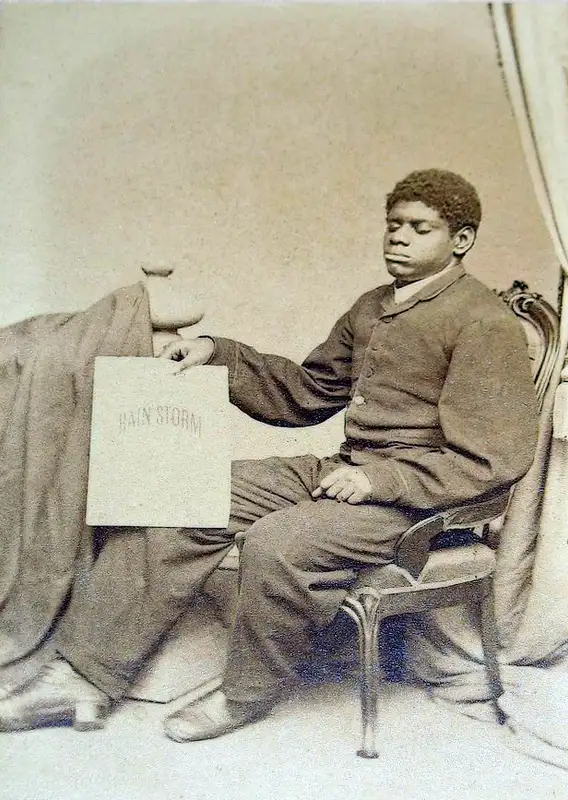Learning to play tennis is a formidable task for anyone, but for students at the California School for the Blind, it involves an additional layer of complexity. These students are mastering a version of tennis specifically adapted for those with visual impairments, demonstrating that blindness is not a barrier to enjoying this dynamic sport.
Situated in Fremont, this state-supported institution is one of three schools in the United States that have recently embraced this adapted form of tennis, which has its roots in Japan from the 1980s. The nonprofit organization Tennis Serves is at the forefront of promoting this sport across the nation.
“I never imagined that someone without sight could play tennis until I joined this school,” said Jonathan, a 16-year-old student from Modesto. The school has chosen to keep his last name confidential in accordance with state privacy regulations for students with disabilities.
Innovations in Blind Tennis
Blind tennis is played on a smaller court with a lower net, utilizing junior tennis rackets that feature larger heads and shorter handles. To help players navigate the court, string is taped to the floor, allowing them to feel the boundaries with their feet. The game employs a foam ball filled with metal beads that create a rattling sound upon impact, enabling players to track the ball by sound as it hits the ground or racket. Players must return the ball before it bounces three times after being served.
“The hardest part to teach is timing their swing,” explained Sejal Vallabh, the 17-year-old founder of Tennis Serves. “Teaching them to listen to the ball, locate it using their hearing, and swing at the exact moment it passes by is incredibly challenging.”
Challenges and Successes
While experienced players can sustain rallies and keep the ball in play, beginners often struggle to hit the ball over the net. During a recent session at the California School for the Blind, students frequently hit balls into the ground, the net, and even toward the ceiling and walls. Although few balls were returned, teachers observed that some students are beginning to develop this skill.
Blind tennis was invented in 1984 by Miyoshi Takei, a blind Japanese high school student who developed the adapted ball and helped popularize the sport in Japan and other Asian countries. Takei was a prominent figure in blind tennis competitions until his tragic death in a train accident last year at the age of 42.
Introducing Blind Tennis to America
Vallabh, a passionate tennis player and now a high school senior in Newton, Massachusetts, discovered blind tennis two years ago during a summer internship in Japan, where her grandmother lives. “After witnessing it there, I knew I wanted to bring the sport I had seen back to the U.S.,” she said, which led her to establish Tennis Serves.
She began teaching at Perkins School for the Blind in Watertown, Massachusetts, with help from her high school tennis teammates. Vallabh then assisted in launching similar programs at Lighthouse International in New York City and the California School for the Blind. She is currently working with engineering students at Harvey Mudd College in Claremont, California, to design a ball that emits a continuous beep, making it easier for blind players to track.
Overcoming Initial Doubts
Initially, staff at the California School for the Blind were skeptical when Vallabh proposed teaching the adapted sport. “We were wondering, ‘How are we going to teach tennis?'” recalled Mary Alice Ross, an adapted physical education teacher. “My colleague said, ‘Tennis is like teaching football. It’s not something we typically do.'” The school, which serves about 90 students aged 5 to 22, offers a variety of adapted sports and activities, including bowling, boating, swimming, hiking, ice-skating, and goal-ball.
Unique Benefits
Despite its challenges, tennis provides unique benefits for the visually impaired, according to teachers. “Playing a sport typically reserved for those with good vision is a significant self-esteem boost,” said John Healy, a dorm counselor who teaches adapted tennis.
Sebastian, a 12-year-old student, expressed his initial disbelief upon learning about the adapted sport. “Tennis? How could blind people play tennis?” he wondered. “But then I realized, blind people can do anything they want. If you set your mind to it, you can achieve it.”
